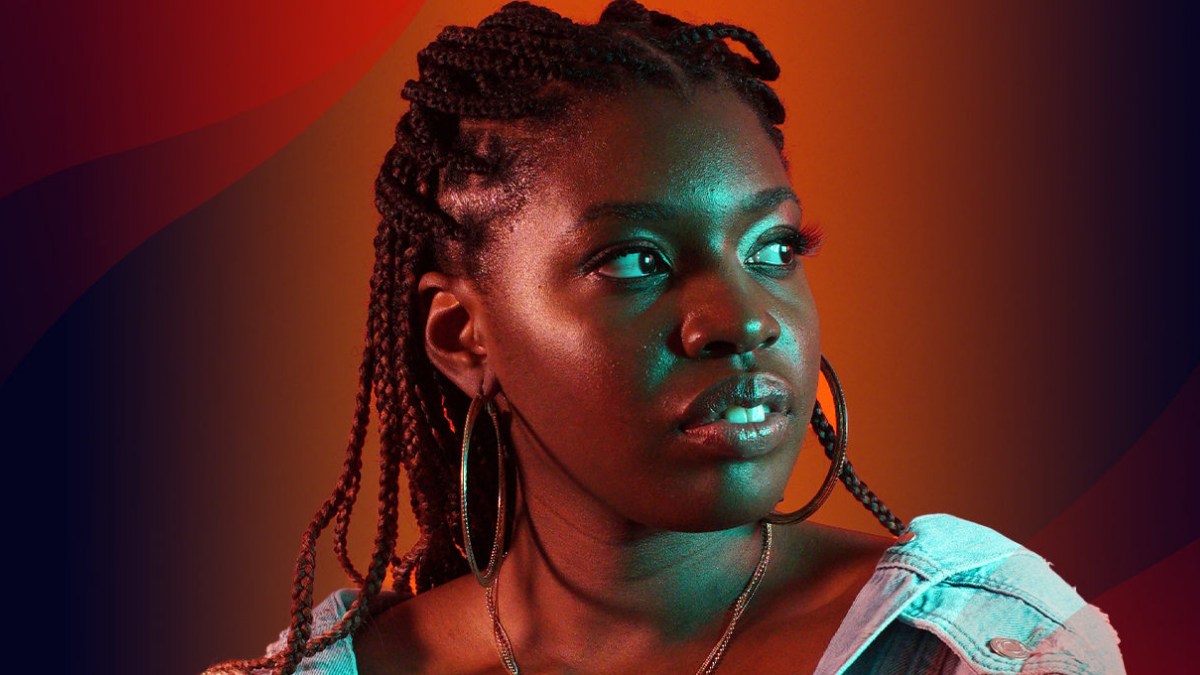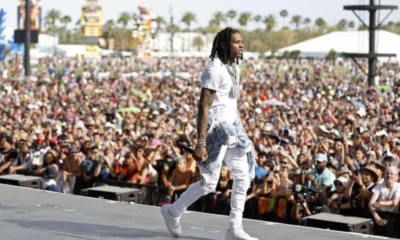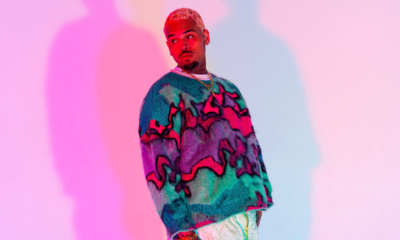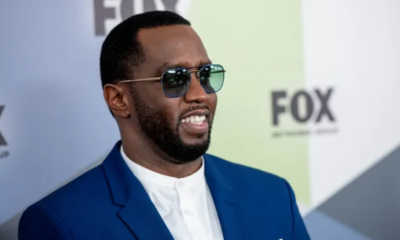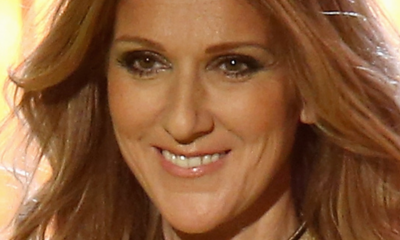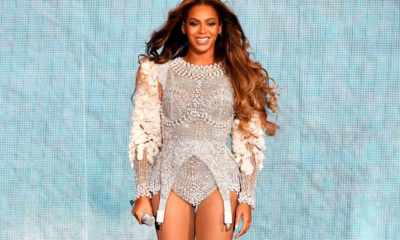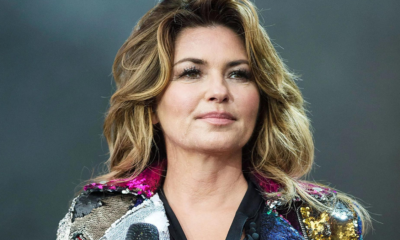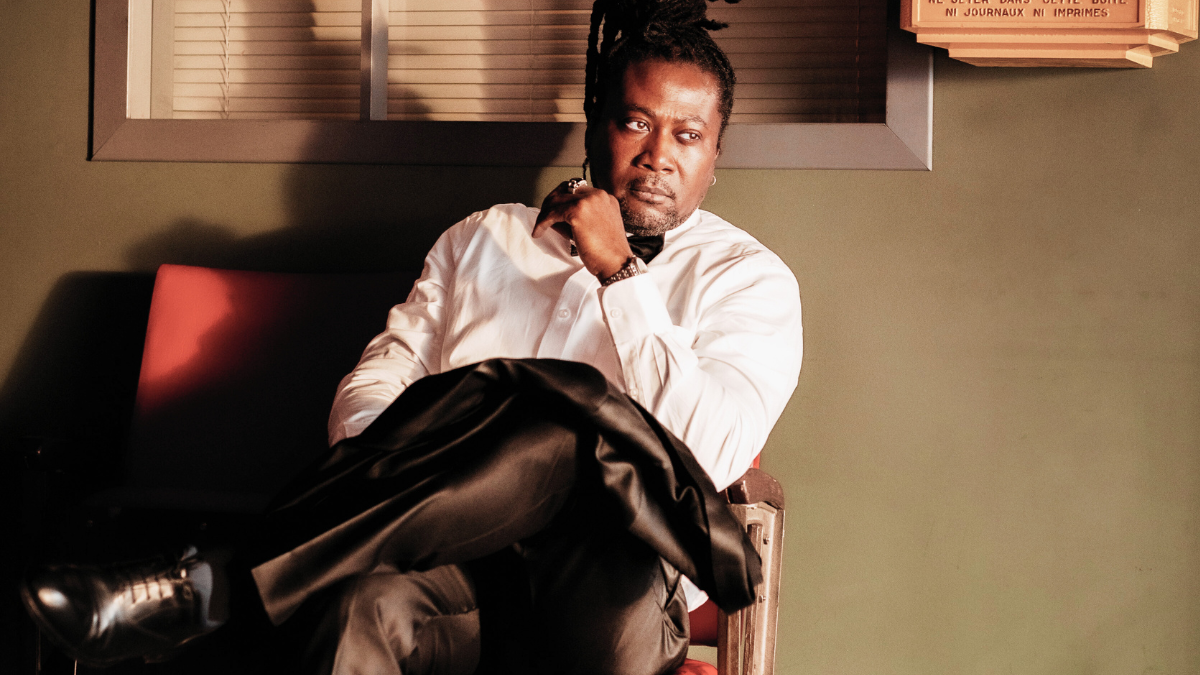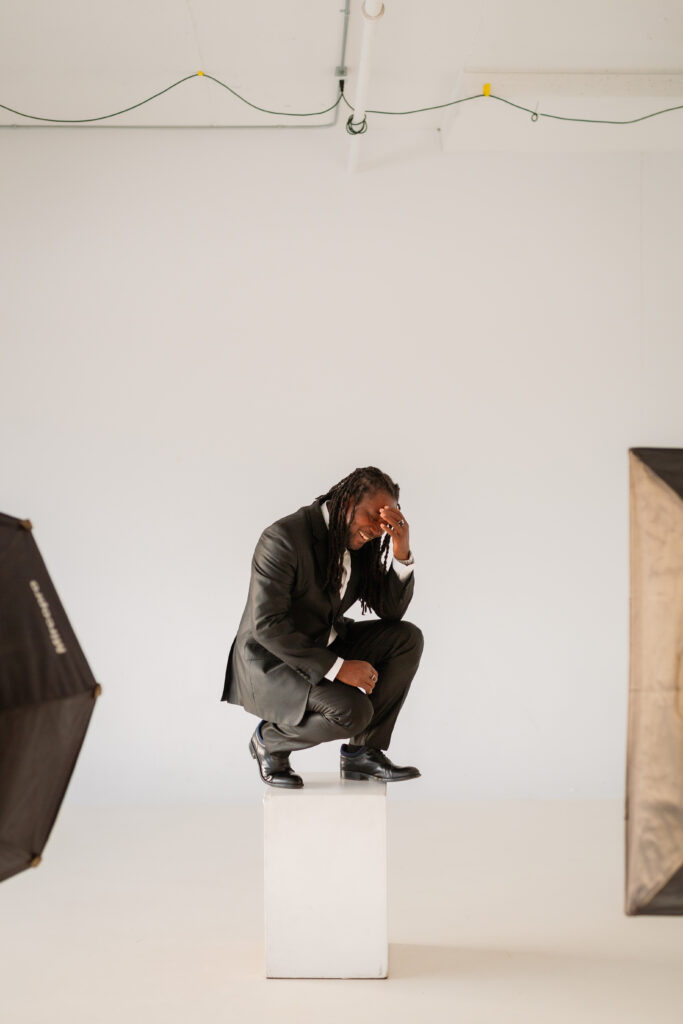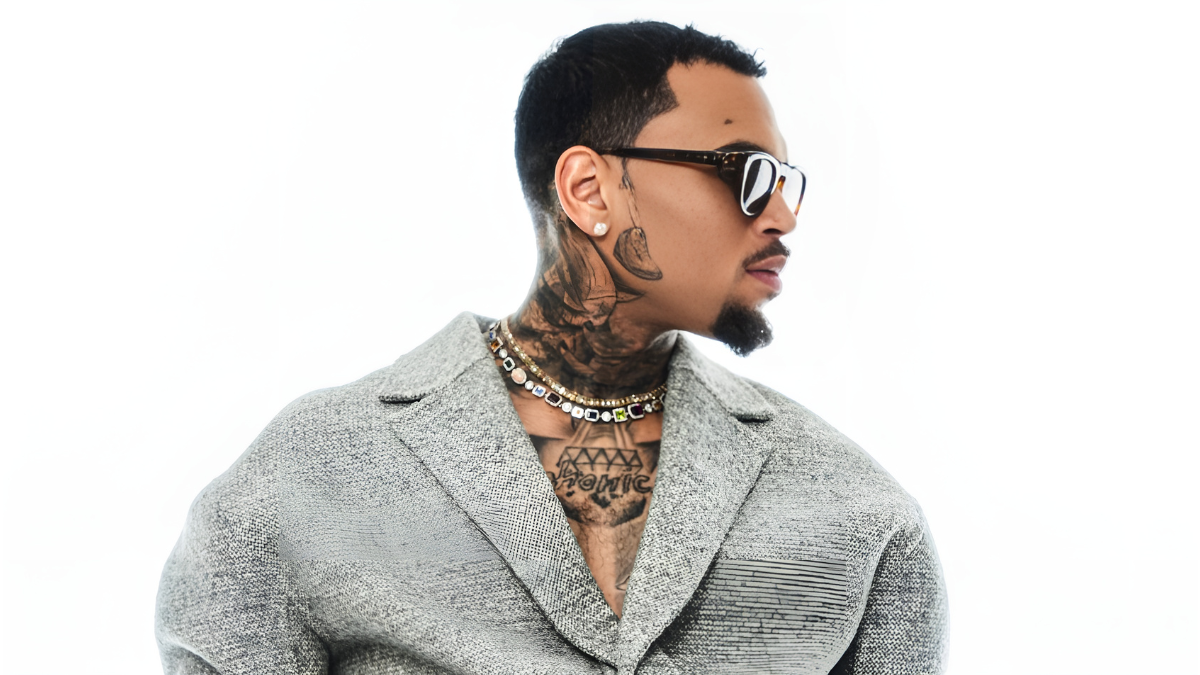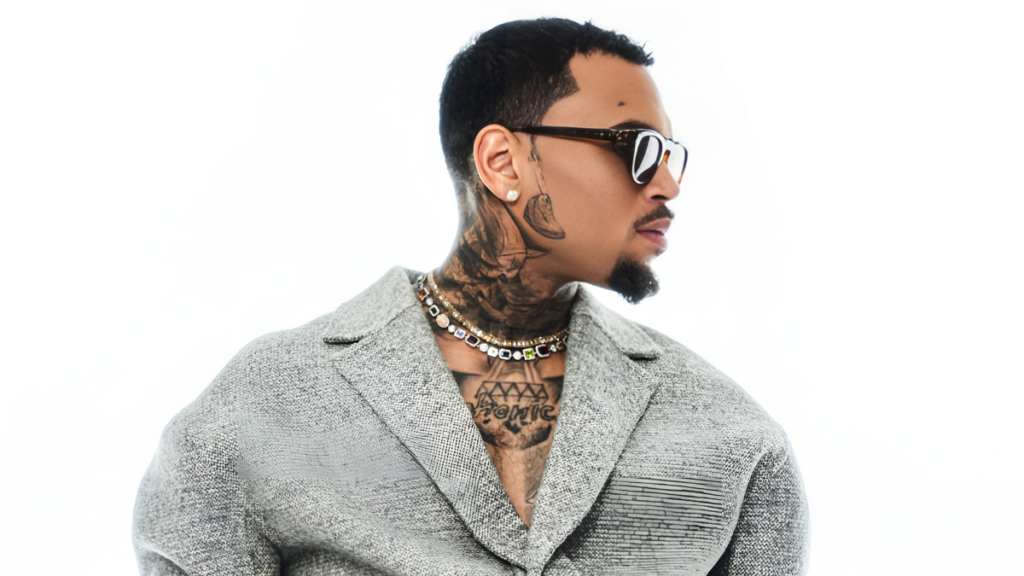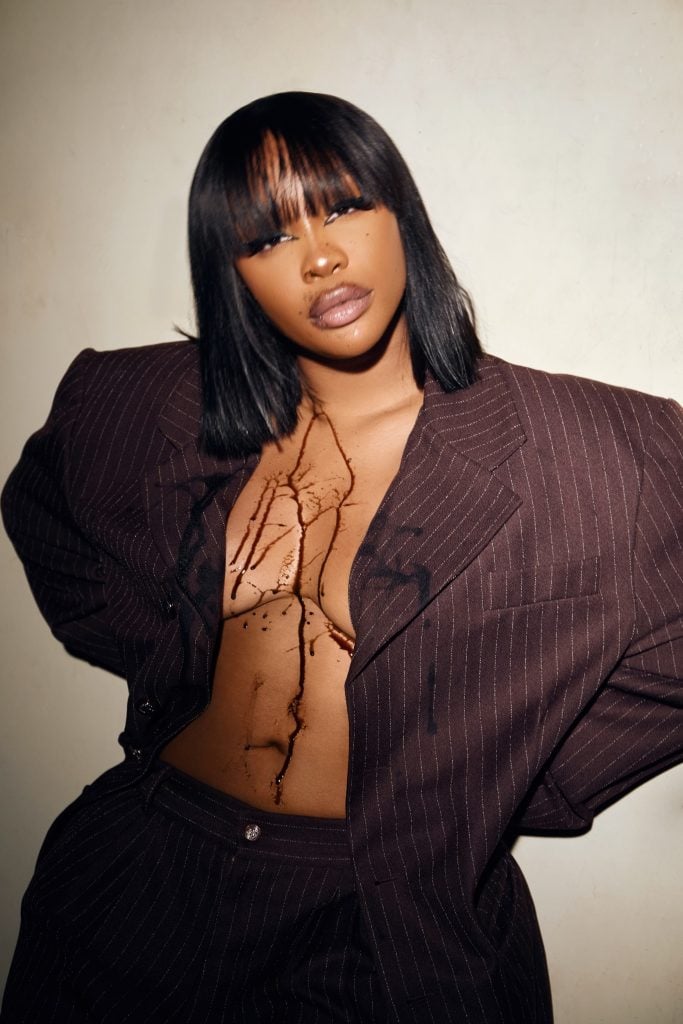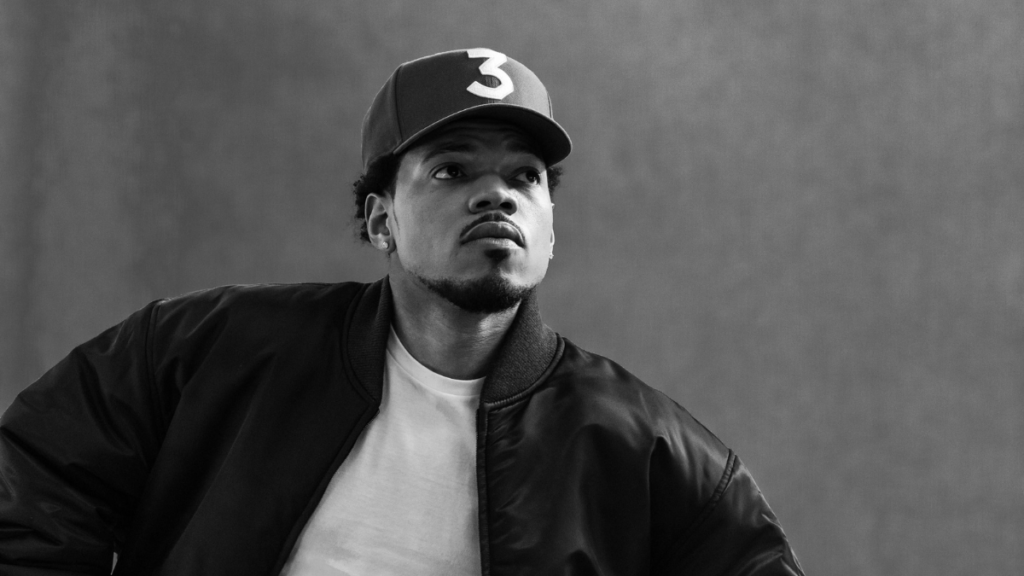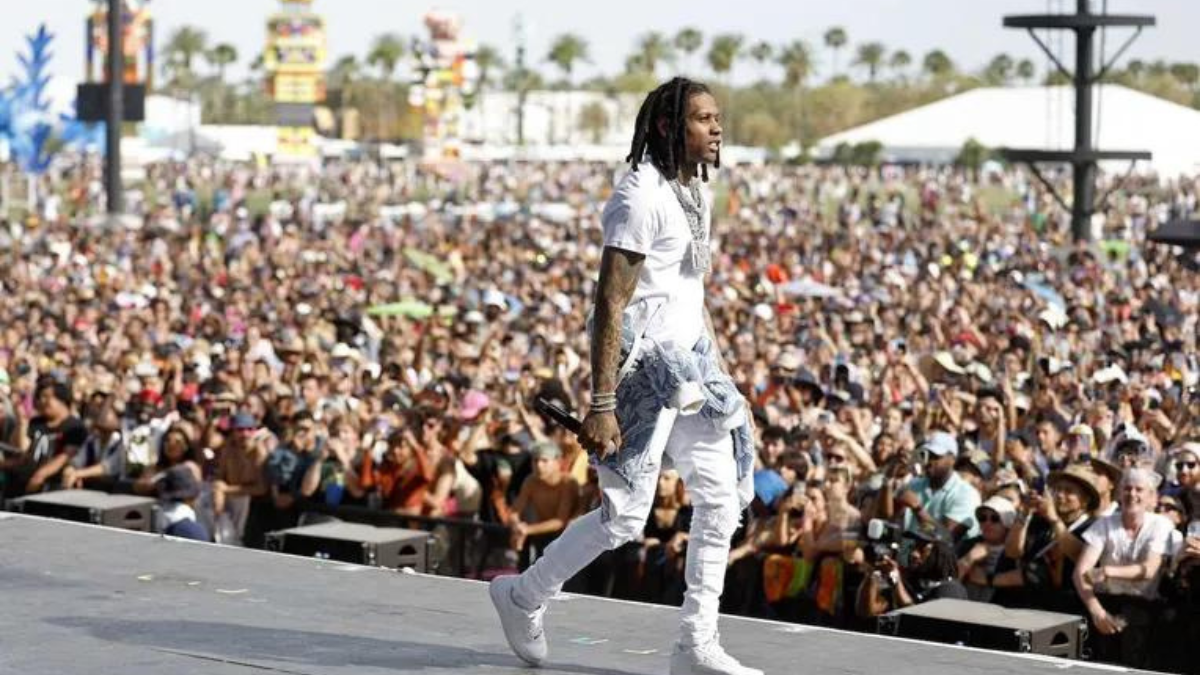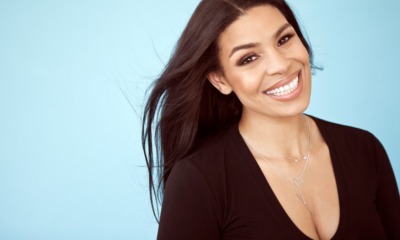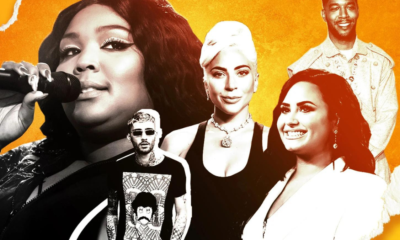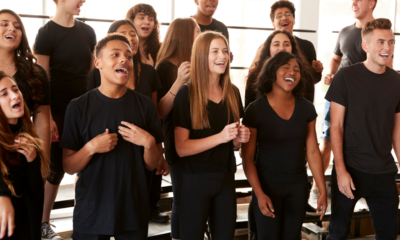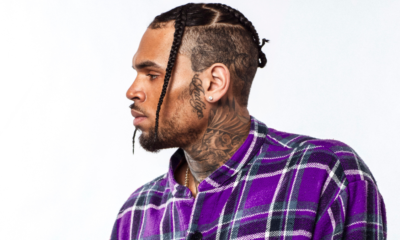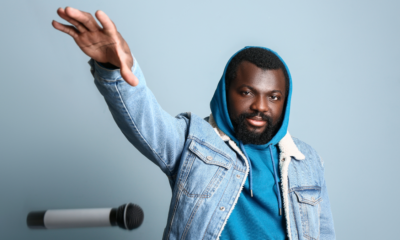Recognized by both the public and her colleagues for her expertise, Junae has been recently featured in major trade platforms like AdWeek, Marketer Hire, AfroTech and Morning Brew. After obtaining a bachelor’s in business management with a concentration in music she dove straight into work and has worked with the best of them at Sony Music, Columbia Records and RCA Records. In these roles she has had the opportunity to spearhead projects and work behind the scenes in various capacities with names like:
Beyoncé, AC/DC, Chris Brown, Usher, J. Cole, Tyler The Creator, T.I., A$AP Mob, Bryson Tiller, G-Eazy, Goldlink, H.E.R., Nao, Jazmine Sullivan and more.
It was within her cubicle at these office spaces that she created her business “Browned 2 Perfection Agency” where she and her team, comprised of all Black women, offer traditional and digital marketing, brand strategy and experiential event services.
Goldie Chan: How did you transition from a major record label to your own independent marketing agency?
Junae Brown: It’s so funny because Browned 2 Perfection was originally supposed to be a website with advice for emerging brands and creatives, which I started the blueprint for while at work at the label. While constantly working on projects for and creating assets for the artists on our roster, I realized that so much of what I was doing in the office would totally be possible for independent entities to do if they only knew. Shortly after that as fate would have it, I was transitioning out of RCA and in final interviews with another reputable music company. I remember having to process all of these invoices for external services and thinking well damn, if these people have multiple clients then they’re definitely making more money than I am. Also, they don’t have to sit inside of an office all day long.
I felt a little strange about the whole thing and I’m really big on spirituality so I began to pray about my next move and literally said, “God if I’m supposed to go work at this next company and continue to move up the corporate music ladder then please give me the job. But God if there’s a way I can do this on my own then don’t give me the job I’ll start the company.” Next thing I know the other company had a bit of a HR debacle that they even attempted to fix, but I politely told them thank you and not to worry about it. I took their misstep as my rainbow in the sky, and the Browned 2 Perfection Agency was born. A Black Woman owned and operated marketing agency specializing in digital content strategy and branding. Focused primarily on being the authentic and impactful bridge between Culture & Corporate. Six years, six figures, and lots of hard work later, it’s safe to say that I never looked back.
Chan: What has been your favorite marketing campaign that you’ve worked on?
Brown: This is such a difficult question for me, because I truly believe that my favorite marketing campaigns I’ve worked on are the ones that I’m working on at this very moment. They all completely encapsulate both my personal purpose, and everything that Browned 2 Perfection Agency stands for. These campaigns are cool, creative, high level, and most of all impactful. They are the epitome of “color outside the lines” and I can’t wait for the rest of the world to see them.
However, if I have to pick a more recent personal favorite it would have to be the launch of My Little Black Book app. We helped grow the MLBB app to now house over 800+ Black-owned brands from fashion to lifestyle, debuting at over 500+ downloads in just a few months. Might I add, during a pandemic. We were able to successfully utilize social media and influencer marketing to not only launch the app but also highlight and hold a series of live conversations with so many wonderful Black owned brands, business owners, HBCU alumni, and creatives. MLBB also pledges 1% of it’s app purchases to the 15 percent pledge. The whole thing was Black and impactful from head to toe, and launched during Black history month–truly a sight to see!
Chan: What is your favorite inspirational quote or person to follow?
Brown: “I am more than enough, and nothing meant for me will ever miss me.” – Junae Brown
In life, call me classic, but my favorite follows are the greats – Jesus, Oprah, Buddha, Beyonce, my mom and Maya Angelou.
On Social I like @Beyonce, @JackieAina, @myleik, @blackgirlsintraderjoes, @fentybeauty, @cardib, @buzzfeedtasty, @lilnasx and @tacobell.
Chan: What brands would you like to work or partner with and why?
Brown: I would love to work with some of my favorites: Fenty, Nike or Adidas Women specifically, Apple, Target, Trader Joe’s, Uber Eats, Meta, Apple Music, Tesla and Parkwood Entertainment. I feel that each of them are very aligned with both my professional and personal brand values: Bold, Unique, Impactful, Excellent, Innovative and Legendary.
“Definitely the Metaverse/Web3/NFTs and its incorporation into any and everything.” – Junae Brown
GETTY
Chan: What is an interesting cultural or brand trend for 2022?
Brown: It’s a tie. Definitely the Metaverse/Web3/NFTs and its incorporation into any and everything. And rightfully so, because that’s not just where we are headed, but in so many ways where we already are. At the start of the pandemic I predicted that we’d never quite go back from being so virtual, nor would experiential be obsolete, but that we’d emerge with a beautiful blend of both. I’m also a huge advocate of authenticity Marketing fueled by community driven initiatives, and Web3 encourages both.
Another interesting brand trend is lifestyle EVERYTHING, and documenting it. I am now no longer hoarse from repeatedly proclaiming “Yes, people care what you had for breakfast. Post it.”. At the same time my entire timeline is everyone cleaning up their homes, making coffee, gym selfies, spraying perfume and home decor. Social media during high trend times can feel somewhat monotonous, but at least this go round it’s with things I like! Lol finally some peace. Excited to see what’s next.
Chan: Any last branding advice for this year?
Brown: Be yourself. Whether a brand or person, keep it authentic, ever evolving, actually fun, and creative. Keep up with the times, but don’t forget to add your own sauce, and consistently. Everything is a risk before it works, so take it. Marketing is a lot of trial and error, especially on social media–take your time and give your audience a chance to fall in love. Each hour there’s a new viral moment, but in comparison at the end of each decade only a few names stick with us. Think impact, think originality, think slow cooker, think longevity. And if things don’t come out ‘Browned 2 Perfection,’ try again, or give me a call!

